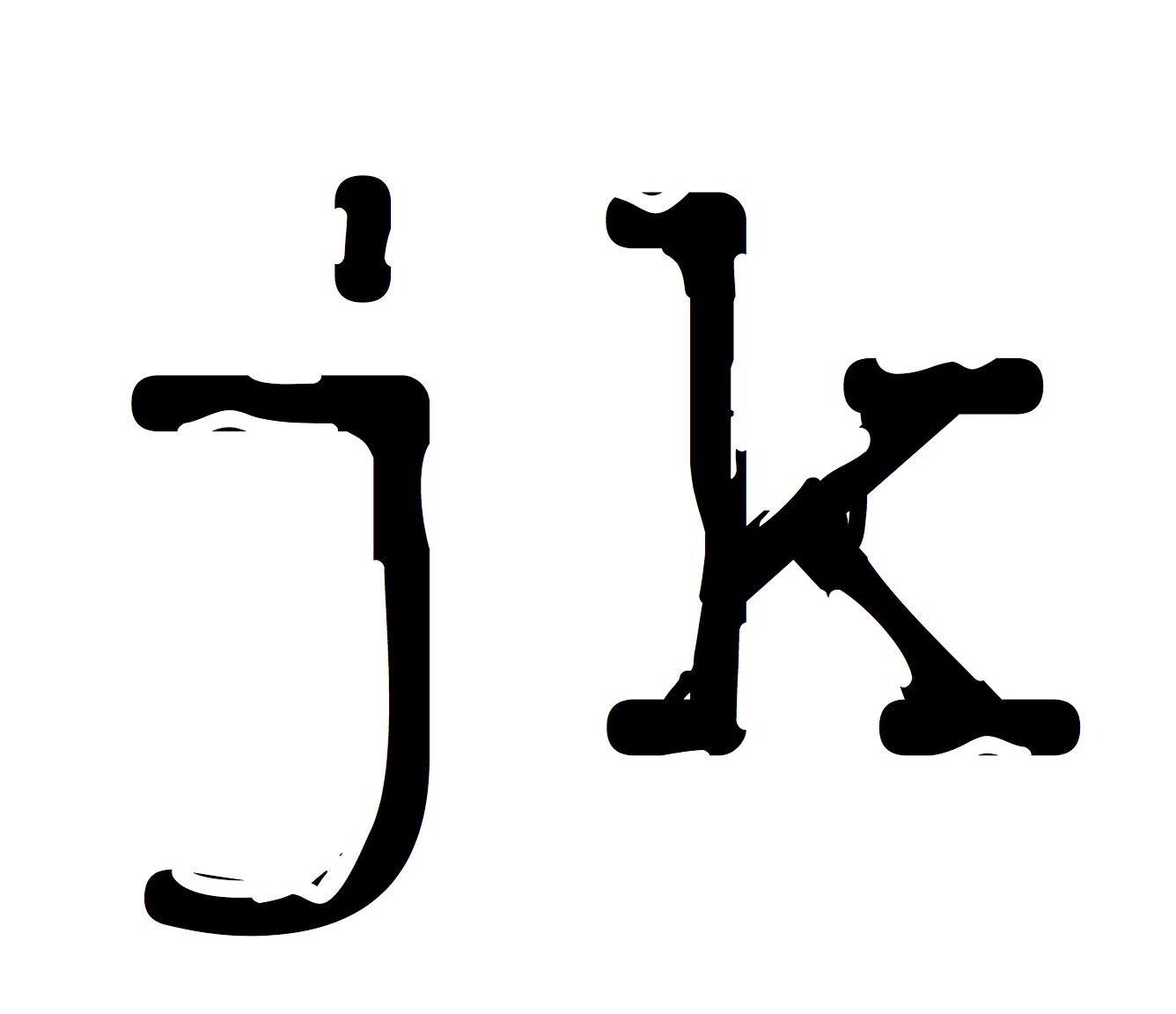It's About Context
A door closing between a husband and wife.
A daughter reunited with her father.
A building blowing up.
A shared glance between two people.
Scenes and events don’t have a meaning on their own. It’s the context of a story that gives these events any significance.
The difficult part in writing is in building the foundations earlier so the emotional resonance speaks through these scenes. When I work with authors, I help them pull apart the scenes in their memoirs or fiction so the resonance between scenes is clear. Story is about change within a character. When we can focus this change, this emotional journey, then small scenes can be very powerful.
These examples are, of course, the endings of…
– The Godfather;
– both Chinatown, and Interstellar;
– both Star Wars and Fight Club;
– all of the first three Damien Chazelle films – Whiplash, La La Land, and First Man.
The door closes on Kay Corleone and she realises that her husband has lied to her. The man she married is completely different to the man she loved at the start of the film who said that these people are his family but they’re not him. She sees the door close on her and understands this. Her life is not as she had known it. A small moment presents an insight that gives deeper meaning for the character.
When J.K. Simmons’ character Fletcher gives a nod to Andrew at the end of Whiplash we understand that he now understands that Andrew has gone through the ordeal to become the obsessive student he was always searching for. We understand the change in Andrew for the worse.
Story is about change. These final scenes display that change. The scenes are charged with emotions and realisations developed through the entire story. When the final scene falls flat, often the fault is in the construction to that moment where we see how a character changes. We need context to understand that.
Although the both end with exploding buildings, Star Wars and Fight Club – sorry for breaking the rule again – carry very different emotional weights.
